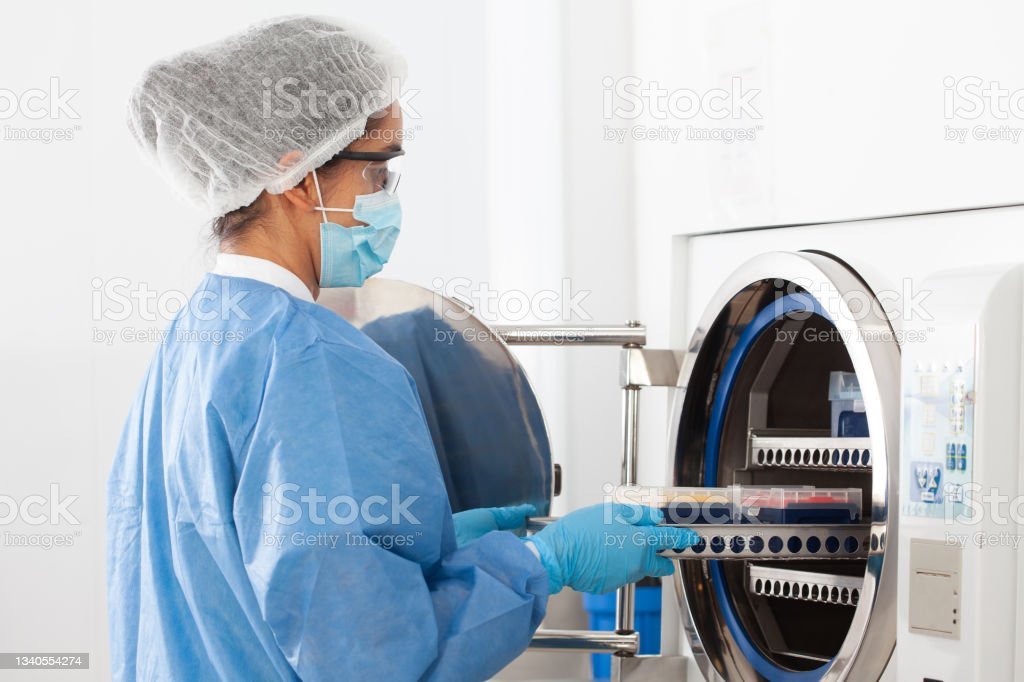Sterilization is an essential process in any medical procedure. Whether you’re sterilizing a scalpel, operating room equipment, or even the tools you use for tattoos and piercings, it’s critical to keep microorganisms out of the body. Tattoo and piercing artists use autoclaves to sterilize their tools and equipment regularly. However, many artists must know how autoclaves work or how to use them properly.
Table Of Contents
Temperature
Sterilizing kills all microorganisms, including viruses, bacteria, spores, and other infective organisms. In Tattooing and Salons, sterilization is most often achieved by using a device known as an autoclave.
Autoclaves for tattoo shops can sterilize many different equipment and supplies. It uses saturated steam and high pressure to kill any infective agents clinging to non-disposable materials such as tools, needles, and body jewelry that will directly contact a client’s skin.
Several types of autoclaves are on the market, ranging from high-end, expensive medical-grade units to more minor, table-top models that only cost a few hundred dollars or less. The best option is to buy one that fits your shop’s needs. Choose one that can accommodate your most comprehensive tools, and consider how many you may need to sterilize at a time. This will ensure you get the most use out of your sterilizer while still having plenty of room for other items in your shop.
Pressure
Autoclave for salons are used to sterilize all types of tools and equipment. These machines use steam to kill germs, spores, and bacteria that washing with soap and detergent can’t.
They’re used in medical offices, veterinary clinics, tattoo parlors, and beauty salons. They are also used in industrial settings.
An autoclave sterilization process will destroy all microbial life regardless of where they’re used. It is an efficient and proven method for disinfecting tools and equipment.
They must be operated in strict accordance with the manufacturer’s recommended procedures. Each load of instruments must be appropriately wrapped and packaged before it is inserted into the chamber.
Chemicals
Sterilization kills bacteria and viruses on tattoo and piercing equipment. It prevents them from spreading to clients, thereby keeping their health safe. It also keeps your business in compliance with state and federal regulations. Investing in quality autoclaves for your shop is a good idea. You can choose from new or refurbished sterilizers. However, it’s best to go for a brand-new one. A reputable dealer will provide all autoclave-related services, including repair and maintenance. This will save you time and money, which you can use to fuel your business growth.
Another essential thing to consider is the type of sterilization method you want to implement. You can opt for non-heat sterilization, ethylene oxide gas, or heat-based procedures. In either case, the sterilization process should be thorough.
Ventilation
There is nothing more critical in a Tattooing and Salon than adequate ventilation. The air must be accessible and unrestricted, so the artist can work without odors or stagnant air.
A sterile environment is necessary for any body art, and using an autoclave is one of the most effective ways to ensure it is appropriately sanitized. However, this requires knowledge and practice as well.
When preparing an area for body art, any contaminated items or instruments shall be discarded immediately and replaced with a disposable commodity or a sterilized instrument before the procedure is resumed.
In addition, any part of the tattooing machine that may be touched during the procedure must be covered with a disposable plastic sheath that is disposed of after each use. Electrical cords must also be protected with barrier film to prevent cross-contamination
